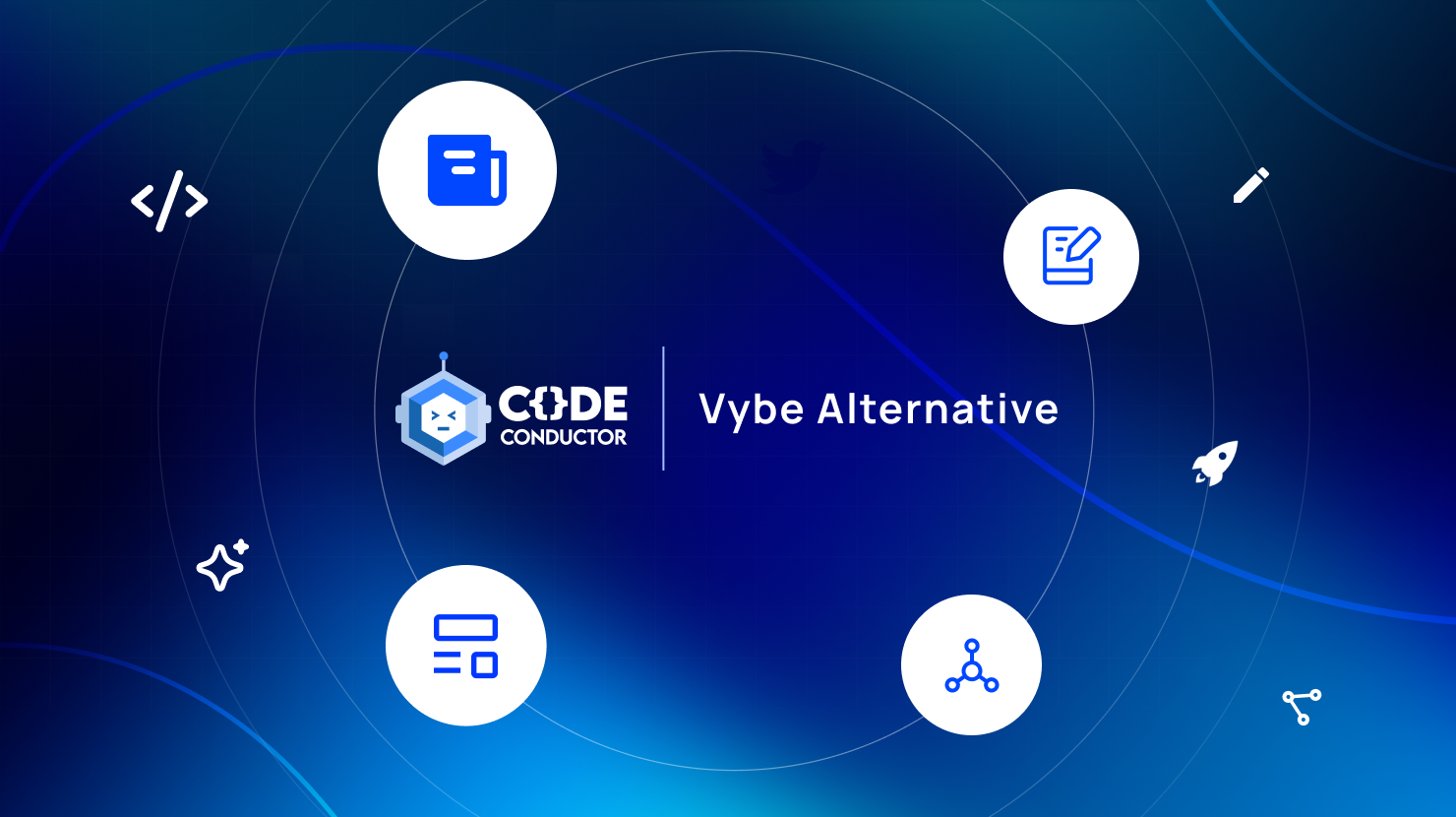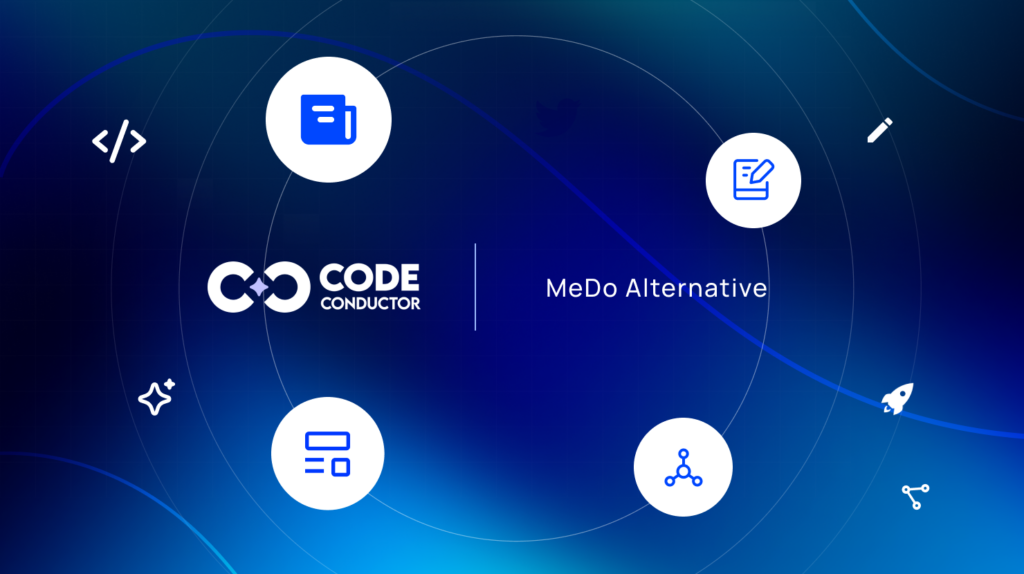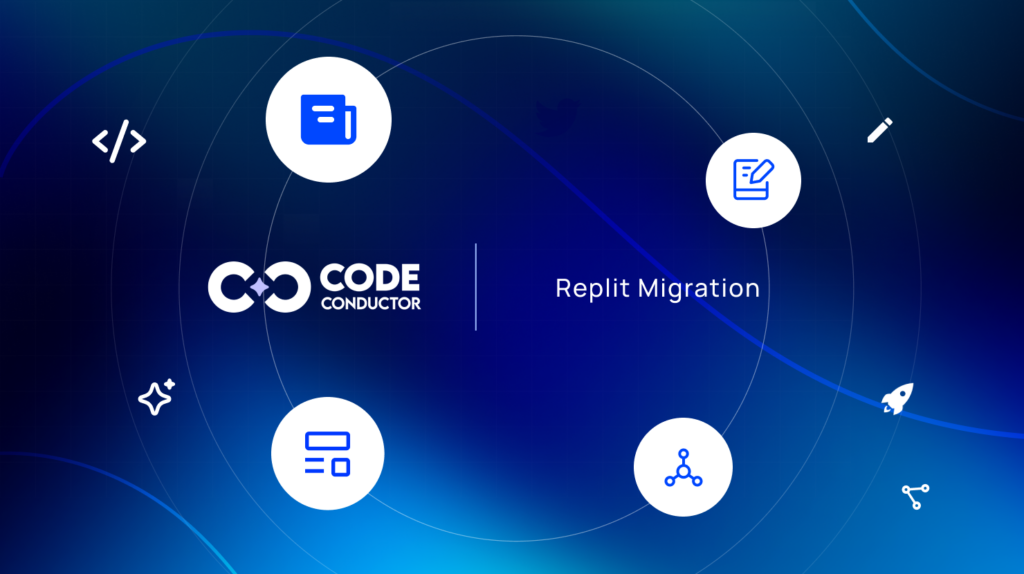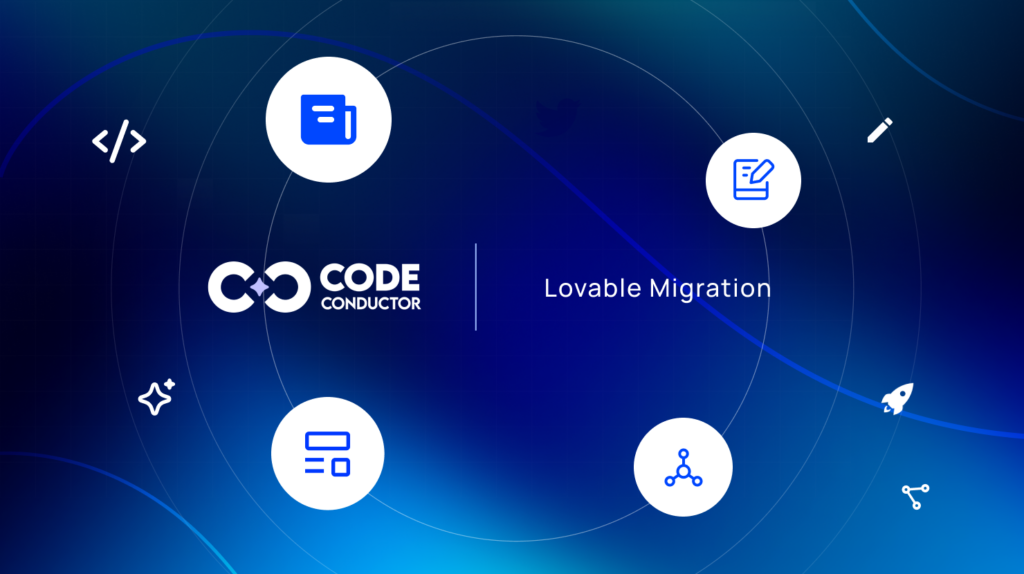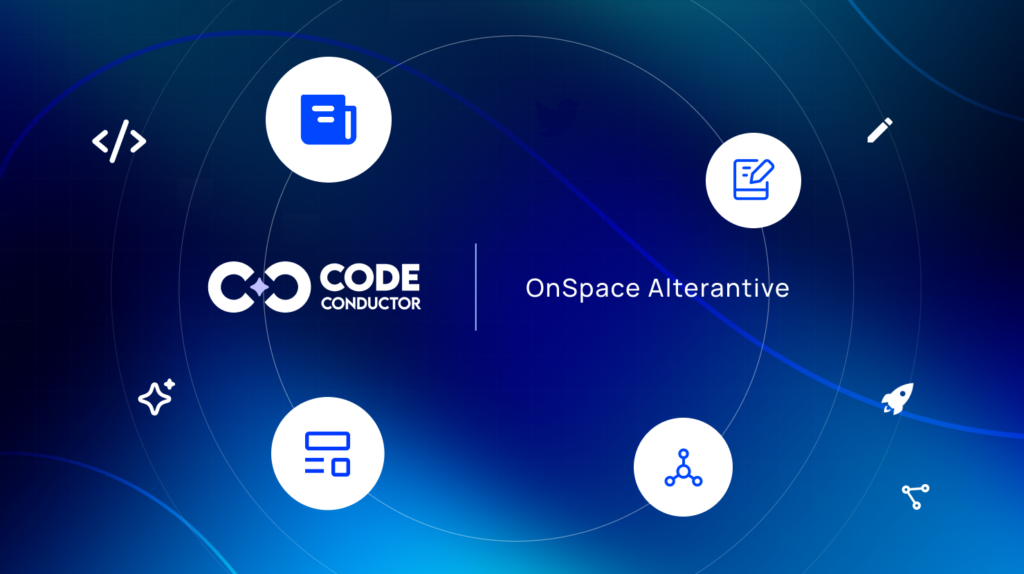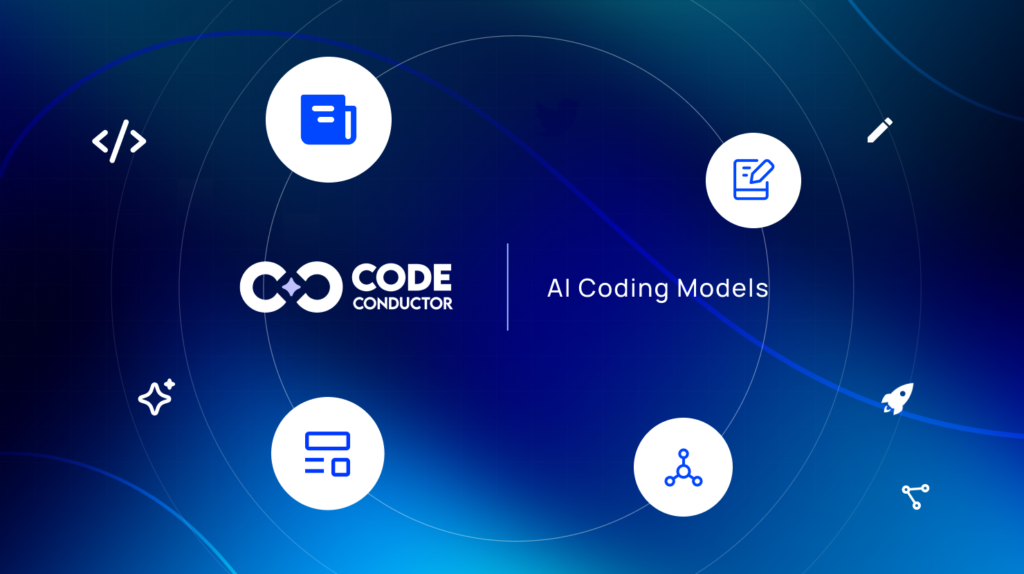Share at:
Is your team building AI-powered internal tools—but hitting limits when it’s time to scale, secure, or connect them across systems?
That’s the kind of challenge that leads builders to explore platforms like Vybe.build. Across product forums and dev communities, you’ll find questions like “Is there a better way to go from AI-powered idea to real internal software?”
Vybe.build makes it easy to create polished internal apps with natural language, pre-built components, and native integrations – ideal for fast MVPs and internal workflows. But as needs grow, a new challenge emerges: How do you orchestrate, scale, and govern these apps across teams, tools, and infrastructure?
That’s where CodeConductor.ai adds value.
In This Post
What is Vybe & its Features?
Vybe.build is a platform that allows users, especially non-developers to quickly build and launch AI-powered internal web apps. It offers pre-built UI components, popular tool integrations (like Gmail, GitHub, and Jira), single sign-on (SSO), and AI assistance to simplify full app creation without needing to write code.
Key features include:
-
Modular Components: Easily assemble full apps using pre-built, extensible UI and logic blocks.
-
Seamless Integrations: Instantly connect to Salesforce, Notion, Jira, and other tools—your data stays in place.
-
Built-In Auth & Access Control: Each app includes SSO, role-based permissions, and secure sharing by default.
-
Forkable Templates: Launch from best-practice templates and customize them without incurring technical debt.
-
Design Consistency: Beautiful defaults ensure your apps feel cohesive and professional from the start.
-
Cross-App API: Vybe apps are interoperable, enabling connected workflows and shared data across tools.
-
Contextual AI Agents: Agents in Vybe retain memory across apps, enabling smarter, system-wide automation.
For solo founders, hackathons, and ideation phases, Vybe can feel like magic. But when you need structure, memory, orchestration, and deployment options, Vybe reaches its limits.
That’s where CodeConductor.ai enters.
Looking for a Vybe Alternative? – Check CodeConductor
CodeConductor.ai is designed for teams that are ready to transition from “vibe coding” to production-ready logic. Where Vybe focuses on AI-driven scaffolding, CodeConductor empowers end-to-end creation of multi-agent workflows and app logic.
It’s an execution platform designed for AI-first systems, whether you’re managing customer agents, internal tools, or data-driven apps.
CodeConductor offers:
- A visual builder for apps and LLM-based workflows
- Support for persistent memory and multi-agent logic
- Deployment options beyond the browser – Docker, Kubernetes, on-prem
- Broad integration pathways: APIs, webhooks, CI/CD pipelines
- Modular design for custom flows and scalability
Instead of a generated codebase you maintain manually, CodeConductor gives you intelligent infrastructure to govern and evolve LLM-native systems across teams.
| Feature | Vybe | CodeConductor.ai |
|---|---|---|
| LLM-based Code Generation | Yes – full-stack prompt-to-code | Optional – low-code builder, not scaffold CLI |
| Workflow Orchestration | No | Yes – multi-agent orchestration |
| Persistent Memory | Session-limited logic | Yes – stateful, context-aware agents |
| App Builder UI | CLI-based only | Yes – visual interface |
| Deployment Flexibility | Hosted / CLI only | Cloud, Docker, Kubernetes, on-prem |
| Integration Support | GitHub, Supabase, basic APIs | REST, GraphQL, CI/CD, webhook triggers |
| Use Case Focus | MVP & code scaffolding | Enterprise-grade automation, agent systems |
Which One Should You Use: Vybe or CodeConductor?
The right choice depends on who you are and what you’re building.
Choose Vybe if:
- You need to prototype full-stack applications using AI prompts rapidly
- You’re comfortable working in the command line and managing generated code
- Your focus is on building MVPs, side projects, or experimental dApps quickly
Choose CodeConductor if:
- You’re building scalable systems with multiple AI agents and workflow logic
- You need persistent memory, trigger-based orchestration, and automation
- Your priority is extensibility, deployment flexibility, and enterprise-grade governance.
Many teams start with Vybe to validate ideas quickly, then transition to CodeConductor to operationalize, orchestrate, and scale those ideas into production-ready applications.
CodeConductor user review:
Francesca C. – Code Conductor Important tool
- What do you like best about CodeConductor?
The code of conduct is used by my company for a series of behaviors to be observed towards colleagues and customers, it is very useful to understand all the regulations in your country. - What do you dislike about CodeConductor?
It helped me on how to behave with a customer, what to say and not say to colleagues so as not to offend their sensitivity and avoid problems of incorrect conduct. - What problems is CodeConductor solving and how is that benefiting you?
Helps with how certain corporate affairs should be resolved, such as managing corporate agreements with very important clients, avoiding making legal mistakes and getting into disputes with the country they belong to.
In a Nutshell: Which is the Best Alternative for Vybe in 2025?
If you’re serious about going from demo to deployment, you’ll need more than a code scaffold. You’ll need a platform that offers logic, governance, deployment, and AI orchestration.
Vybe gives you speed. CodeConductor gives you speed + control.
Ready to go from prompt-based projects to fully governed, intelligent applications?
Book a free demo or start prototyping your first AI-native workflow with CodeConductor.ai today.
FAQs
What is a better alternative to Vybe?
CodeConductor.ai is a more advanced and scalable alternative to Vybe. While Vybe excels at AI-driven code scaffolding, CodeConductor adds persistent memory, multi-agent orchestration, branching logic, and full infrastructure control—allowing you to build, deploy, and manage intelligent applications well beyond the prototype stage.
Can CodeConductor replace Vybe?
Yes, CodeConductor can fully replace Vybe and extend its capabilities beyond those of Vybe. It offers the same ease of starting applications, but enhances it with richer workflow logic, persistent agent memory, flexible deployment options (cloud, Docker, on-prem), and deeper API integrations, making it ideal for teams moving from prototyping to production.
How is CodeConductor different from Vybe?
CodeConductor is focused on orchestration and deployment, not just code generation. Unlike Vybe, which outputs a scaffolded project, CodeConductor lets you visually design and manage intelligent workflows, automate processes, and maintain stateful logic—all without writing or maintaining code directly.
Is CodeConductor suitable for non-developers?
Absolutely. CodeConductor is built for both technical and non-technical users. Its visual app builder allows product teams, operations leaders, and business analysts to design and deploy AI-driven workflows without writing code, while still offering developers full control through APIs and extensions.
Best Vybe Alternative – Try it Free
Top AI Platform Alternatives You Shouldn’t Miss in 2025
Share at:

Founder CodeConductor

